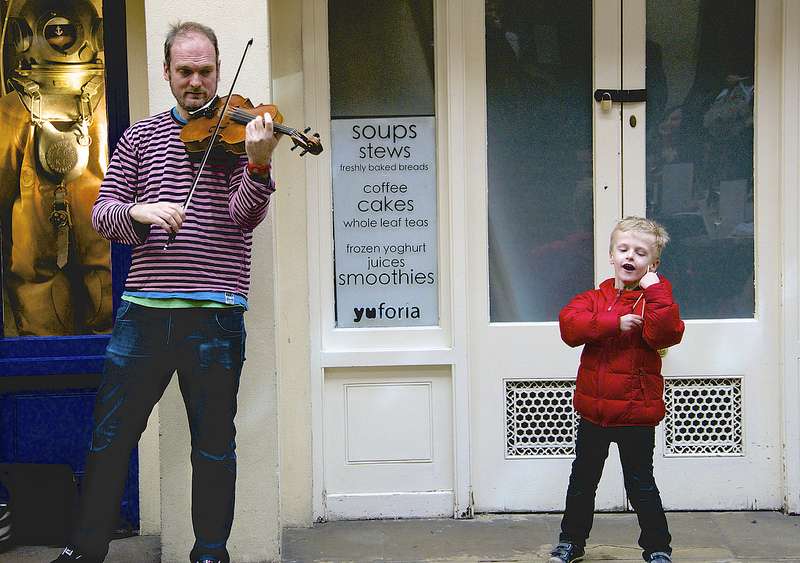The neural components of imitation processes

We learn many things through imitation: how to walk, play an instument, sports, and even more. What are the processes in the brain responsible for imitation? For some years now, science has been examining the role of mirror neurons, but there is still much to understand. One study focusing on neurological patients showed that at least two components are involved in imitating gestures, each from a different hemisphere of the brain. The study, which SISSA participated in, was published in Neuropsychologia
After a brain injury (caused by stroke or hemorrhage, for example), patients may have difficulty imitating gestures and movements of others (ideomotor apraxia). In the history of neuropsychology, these studies are among the best known (the first date back to the early 1900's) as these deficits hinder therapy aimed at recovering motor skills, since the patient cannot perform gestures by imitating the doctor. In the last twenty years, these studies have found new significance thanks to the discovery of mirror neurons, and yet little is known about these processes. Many scientists think the left hemisphere plays a dominant role because this problem most often surfaces in cases of unilateral brain-damage of the left hemisphere. How then, can we explain the small percentage of apraxic patients who have suffered unilateral lesions to the right hemisphere?
Paola Mengotti, at SISSA at the time of the study, now at Forschungszentrum Jülich in Germany, Raffaella Rumiati, SISSA Professor and Head of the iNSuLa Laboratory (Neuroscience and Society), and colleagues conducted a study to answer this question. Twenty patients (visited at San Camillo in Venice and Azienda Ospedaliero-Universitaria Ospedali Riuniti in Trieste) with unilateral brain lesions in the left or right hemispheres, plus a control group participated in the study. The initial idea was that imitation is made up of at least two distinct tasks: motor imitation, and a spatial component. When we have to imitate someone else's movements, we not only have to repeat the actions, but we also have to translate them to our body (mirror them). In the study, patients performed imitation tasks using one of the two components, motor or spatial. Performance for each component was then compared and categorized in relation to the type of lesion.
What emerged is that what counts in imitation is the similarity between what is seen and what is produced, and this of course depends on the individual type of deficit. "Analyzing the performance of two imitation tasks by patients with lesions in the right hemisphere and the left hemisphere, we were able to demonstrate that imitation is based on the similarity between the observed action and the one produced," explains Rumiati. "This similarity reflects either an anatomical match or a spatial one. Lesions in the left hemisphere affect the former while lesions in the right hemisphere affect the latter."
More information: Paola Mengotti et al. Anatomical and spatial matching in imitation: Evidence from left and right brain-damaged patients, Neuropsychologia (2015). DOI: 10.1016/j.neuropsychologia.2015.06.038


















